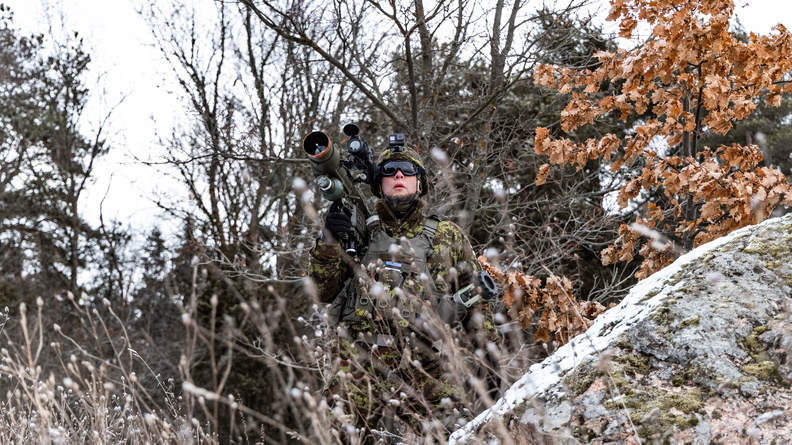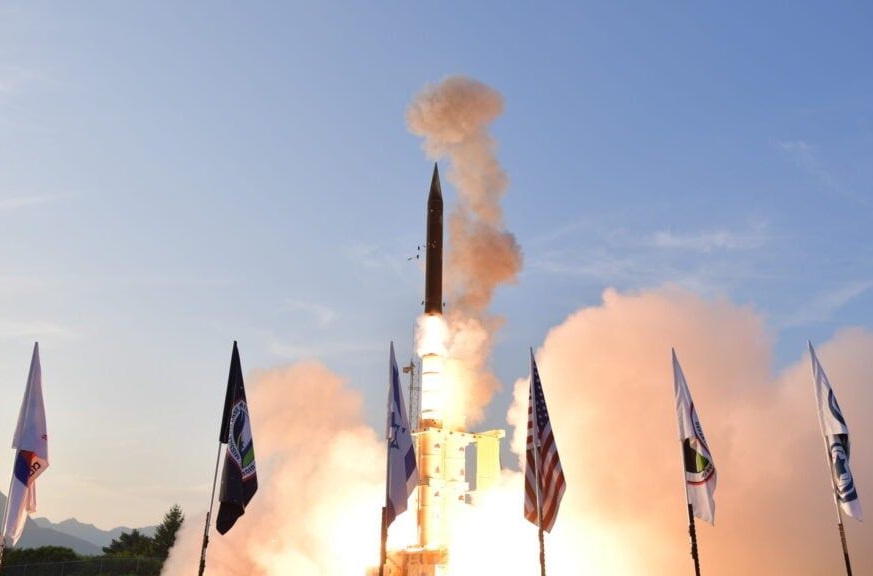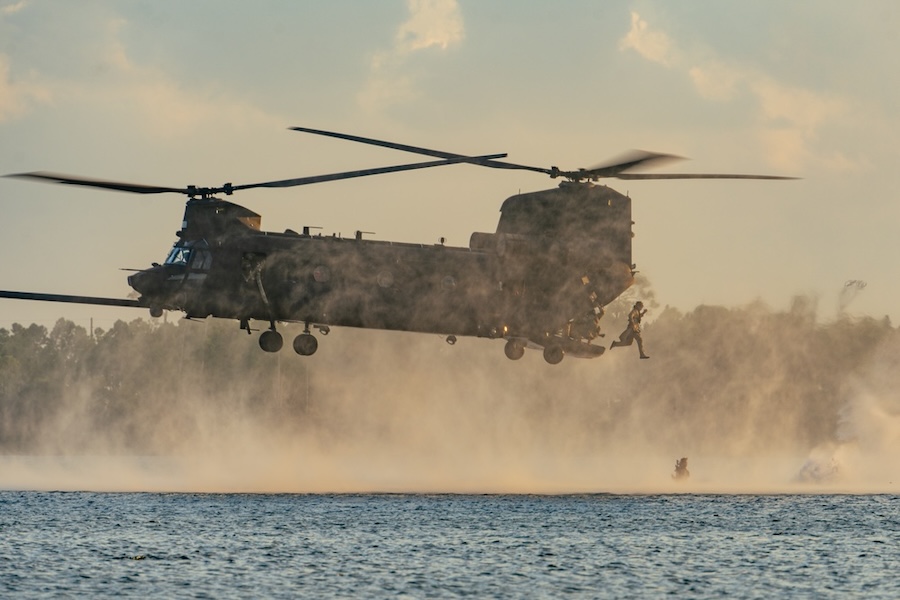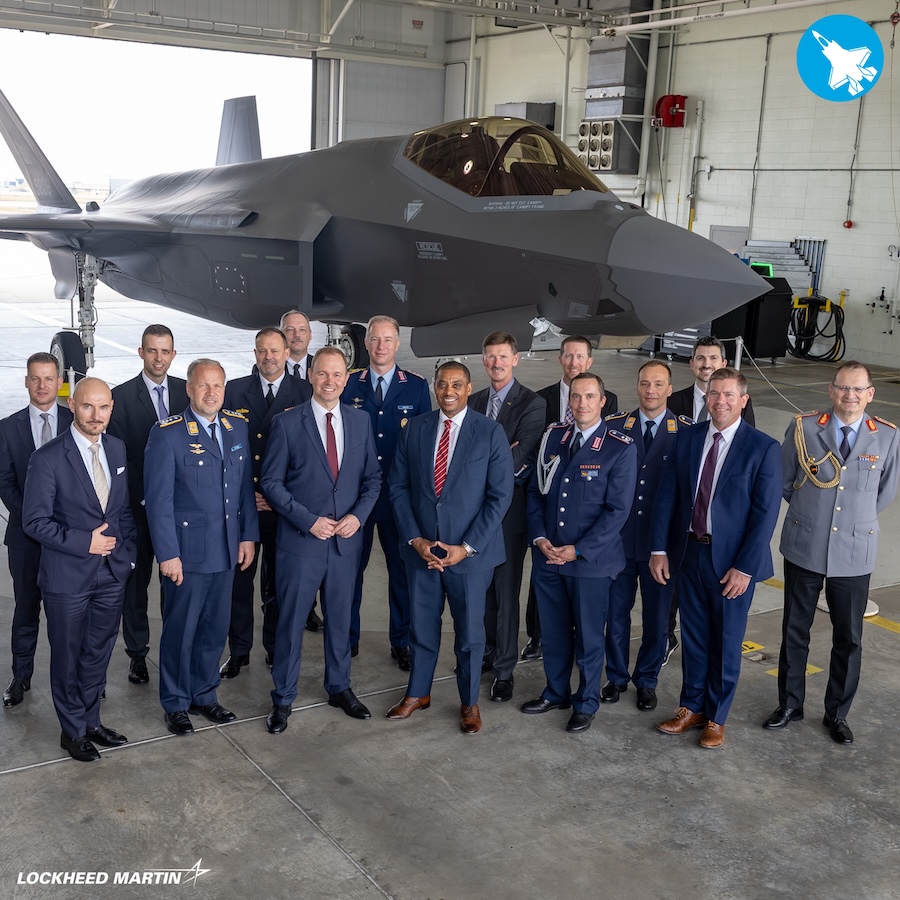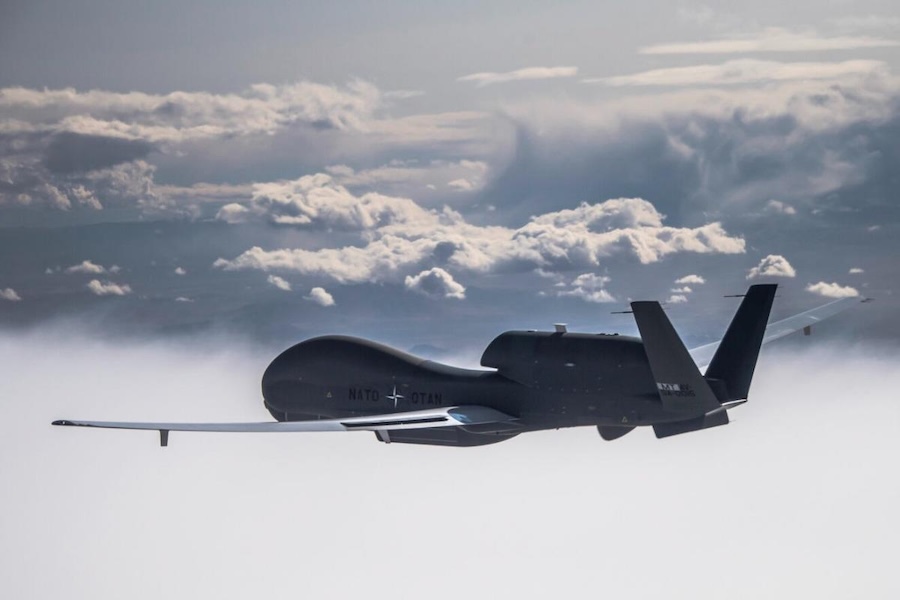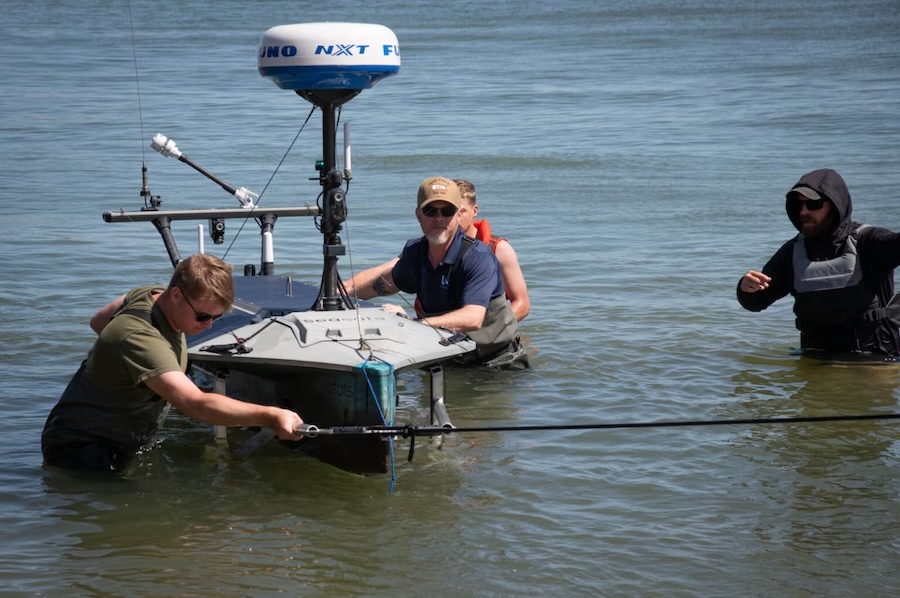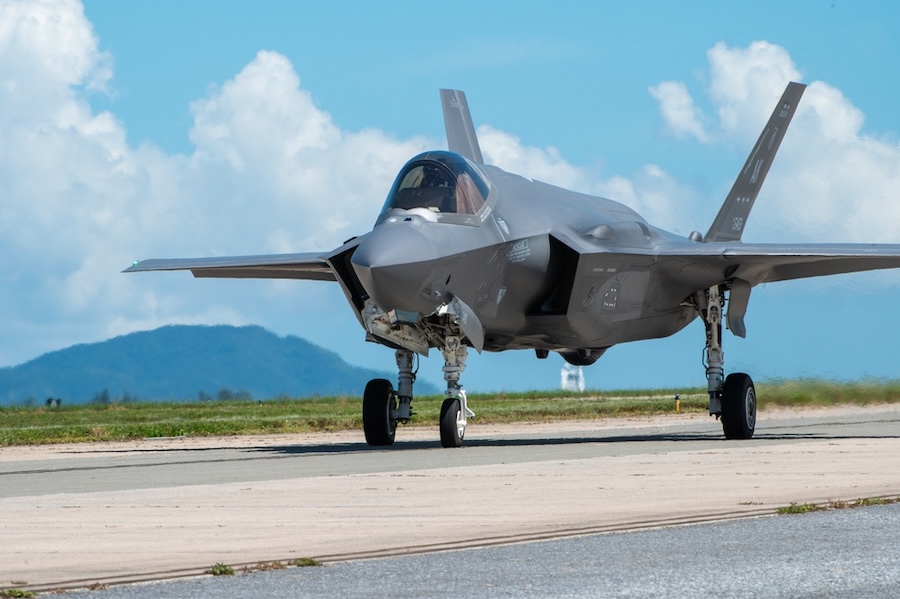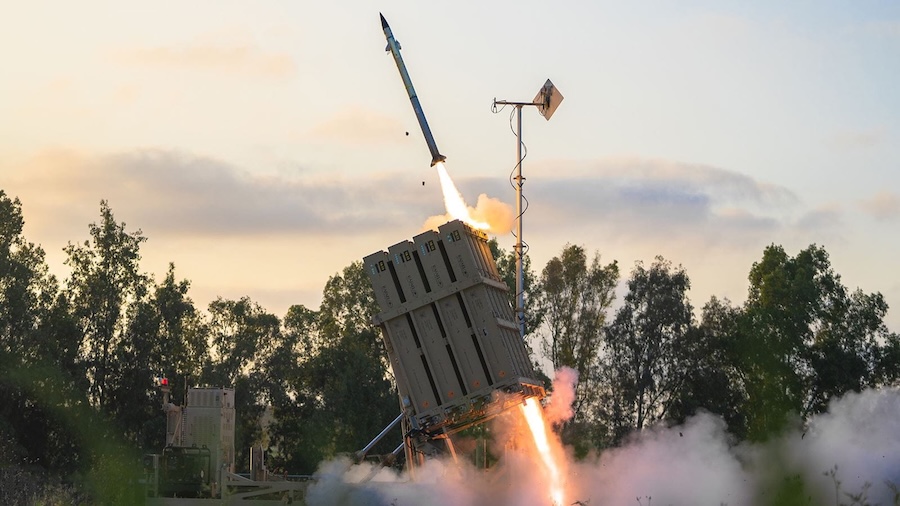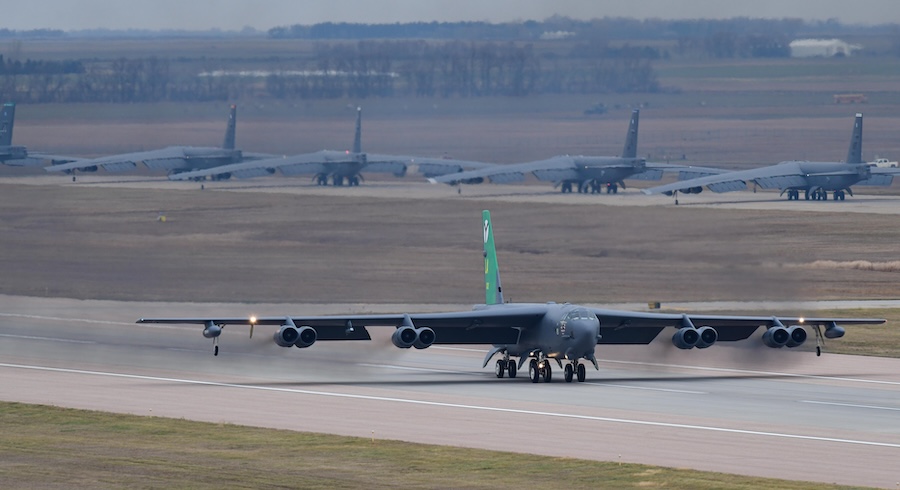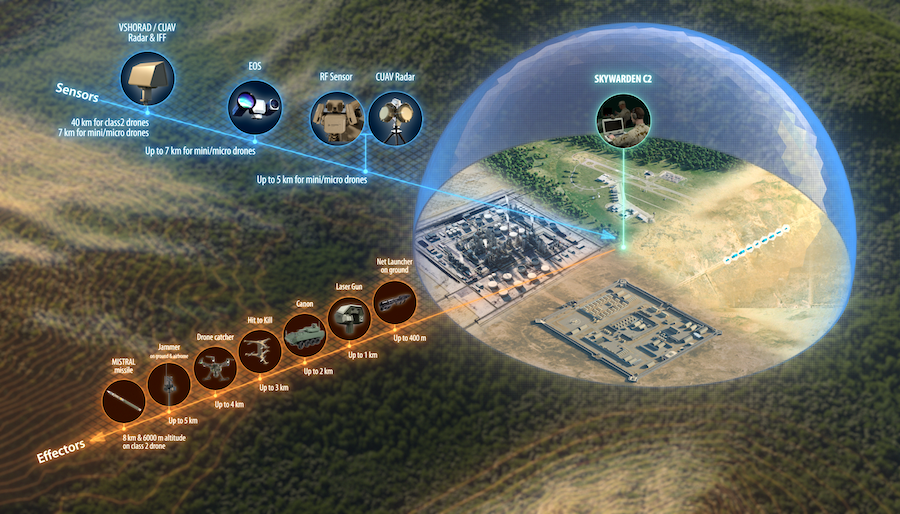The CV90, a Swedish-designed vehicle, forms the backbone of the Dutch mechanised units and represents a significant leap in combat capability. It features advanced protection systems, a powerful 35mm cannon, cutting-edge sensors, and integrated digital battle management systems.
The Czech Army plans to replace its ageing BVP-2 vehicles with 246 CV90s as part of a broader modernisation programme approved by the government nearly two years ago. These new platforms will equip the mechanised battalions of the 7th Mechanised Brigade, the main combat force fulfilling NATO alliance commitments.
STAMPEDING BISON 2025 🇨🇿🤝🇳🇱
Náš 72. mechanizovaný prapor a nizozemská 43. mechanizovaná brigáda. Na cvičení jsme proti sobě postavili naše BVP-2 a moderní CV90.
Budeme vás informovat. pic.twitter.com/pbf8vpnfJE
— Armáda ČR (@ArmadaCR) April 8, 2025
“This exercise gave our soldiers a rare chance to understand the operational differences between the BVP-2 and the CV90, particularly in sensor technology, fire control, mobility and digital integration,” said Major Luboš Ondruš, the exercise commander. The digital capabilities allow troops to share data in real time, respond faster to changing battlefield conditions and operate more effectively.
“As a commander, I can immediately see the position of friendly and enemy forces thanks to the integrated systems—without relying solely on visual contact or radio reports,” he added. The digital connectivity transforms how troops navigate, fight, and coordinate during combat.
The BVP-2, dating back to the 1980s, lacks the advanced systems of the CV90 and offers only basic optical targeting and limited armour protection. “The difference isn’t just in the technology—it’s in how the crew and infantry operate,” said Captain J. P., commander of the Czech training company.
In the BVP-2, roles like driver, gunner and commander are restricted to basic functions such as movement and fire control. In contrast, the CV90 requires active use of digital tools and enhanced coordination, including map-based navigation and information-sharing across units.
Even troops being transported benefit from the CV90’s systems, gaining access to live camera feeds and tactical updates before dismounting into combat. “This significantly increases their chance of successfully completing the mission,” Captain J. P. noted.
Dutch forces also shared insights into the CV90 crew training system, which focuses on modular learning, simulator use, and encouraging decision-making at the vehicle commander level. The new vehicles will require not only technical skills but also a cultural shift in battlefield leadership and initiative.
Private J. V., a Czech BVP-2 driver, was impressed by the difference: “The CV90 is several generations ahead. It’s a huge leap in control, electronics and crew comfort.”
He highlighted the CV90’s smooth terrain handling, precision, and quiet operation despite its weight and engine size. “It’s a different world,” he said.
In May 2023, the Czech Republic formally concluded negotiations with the Swedish government, the Swedish defence procurement agency FMV, and BAE Systems Hägglunds for the purchase of 246 CV90 MkIV vehicles. The contract, worth SEK 22 billion (approximately $2.2 billion), includes seven variants and is designed to support both Czech defence capabilities and domestic industry.
“As the ninth member of the CV90 User Group, the Czech Republic and its Army will benefit from this combat-proven infantry fighting vehicle with a leading combination of mobility, firepower, protection, and future growth potential,” said Tommy Gustafsson-Rask, Managing Director of BAE Systems Hägglunds. “This contract also represents a significant win for Czech industry that will last for decades.”
The vehicles will be developed and delivered through an industrial partnership with Czech companies, ensuring 40% of the contract’s value remains within the country through development, production and assembly. This collaboration supports the Czech Ministry of Defence’s goals of maintaining national sovereignty and building long-term industrial capabilities.
Beyond immediate production, the programme opens the door to further industrial opportunities, including access to BAE Systems’ global supply chain and expanded cooperation. The deal is expected to strengthen the local defence sector and enhance its competitiveness in the international market.
The CV90 MkIV represents the latest generation of the platform, already deployed in NATO and UN operations worldwide. With over 1,400 units delivered in 17 variants across Europe—including to five NATO member states—the CV90 has proven itself in diverse operational environments.
With both the Czech Republic and Slovakia joining the CV90 User Group as its eighth and ninth members respectively, the platform is gaining traction in Central Europe. The acquisition reflects a broader trend of regional defence modernisation and deeper NATO integration.
Source: Ministry of Defence of the Czech Republic.










